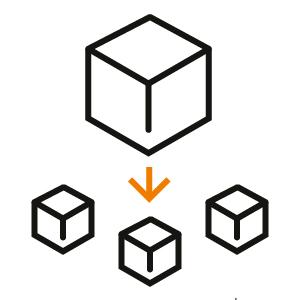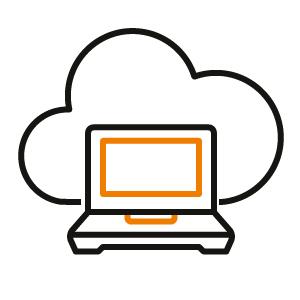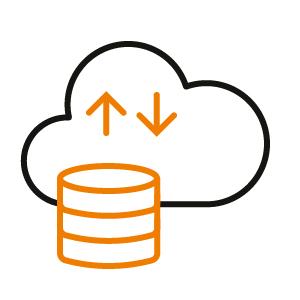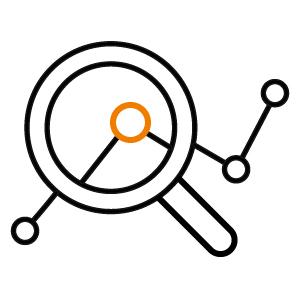Cloud Native Solutions
We have the expertise to unlock the full potential of your organization's technology infrastructure.
Software applications that are specifically designed to run on cloud infrastructure, such as containers and microservices, and leverage cloud-native services such as auto-scaling, self-healing, and continuous delivery. They are built using agile and DevOps practices and are designed to be highly scalable, resilient, and flexible, enabling organizations to rapidly deliver and iterate on software applications in a cloud environment.
Designing Microservices
a) Decomposing monolithic applications into microservices.
b) Implementing API gateways, service discovery, and load balancing.
c) Using container orchestration tools like Kubernetes, Docker Swarm, Openshift, Gardener or Amazon ECS/EKS to manage microservices.
d) Implementing fault tolerance and resiliency.
Containers
a) Using containerization technology like Docker to package and deploy applications.
b) Implementing container orchestration tools like Kubernetes, Openshift, Gardener, Docker Swarm, or Amazon ECS/EKS to manage containers.
c) Implementing container security best practices, such as scanning images for vulnerabilities.
d) Automating container builds and deployments using CI/CD pipelines.
Serverless
a) Using serverless architecture to build and deploy applications without managing servers or infrastructure.
b) Using cloud functions like AWS Lambda, Google Cloud Functions, or Azure Functions to implement serverless architecture.
c) Implementing event-driven architectures to trigger serverless functions.
d) Using serverless architectures for microservices, data processing, or event processing.
Cloud Storage
a) Using cloud storage solutions like Amazon S3, Google Cloud Storage, or Azure Blob Storage to store data.
b) Implementing data storage solutions like Amazon RDS, Google Cloud SQL, or Azure SQL Database.
c) Implementing data processing and analytics using cloud-native services like Amazon Redshift, Google BigQuery, or Azure Data Lake.
Observability and Monitoring
a) Implementing observability and monitoring tools to gain insight into application performance and behavior.
b) Using tools like Prometheus, Grafana, or ELK stack to collect and analyze logs and metrics.
c) Implementing distributed tracing to gain visibility into application behavior.
d) Implementing alerting and notification systems to detect and respond to issues.
We're excited to partner with you on your next project!
Our team of experienced professionals is dedicated to providing high-quality solutions that help you achieve your business goals.
By filling out our formulary, you'll be taking the first step toward working with us and discovering the benefits of our collaborative and results-oriented approach. We look forward to hearing from you soon!"

To install this Web App in your iPhone/iPad press ![]() and then Add to Home Screen.
and then Add to Home Screen.





